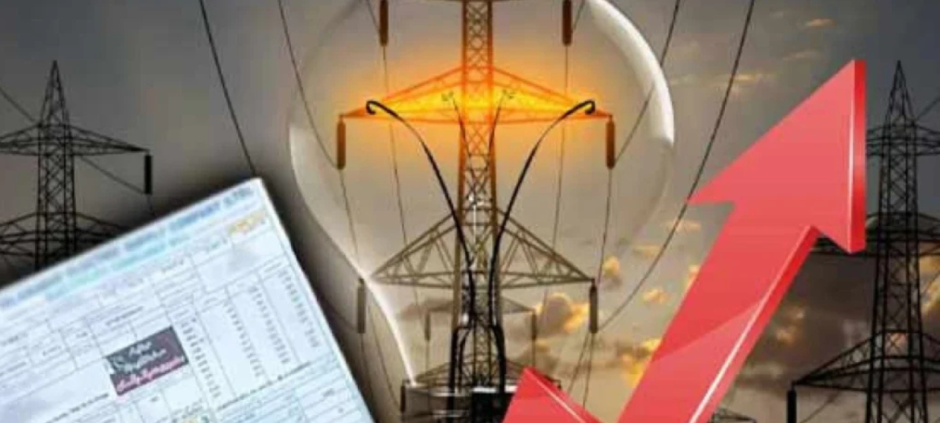Electricity prices in Pakistan could go up soon after the government approved a new surcharge of Rs. 3.23 per unit for FY26. The surcharge is part of a major debt restructuring plan worth Rs. 1.25 trillion, aimed at reducing circular debt in the power sector.
According to AKD Securities, this new electricity surcharge will cover both interest and principal payments. It replaces the earlier surcharge, which was only used to pay interest.
The plan will help Pakistan shift from high-cost loans to cheaper debt. Expensive loans like PHPL at KIBOR+2% and IPP payables at up to KIBOR+4% will be replaced with loans at KIBOR–0.9%. This change is expected to save the government Rs. 200 billion annually.
Here’s how the money will be used:
- Rs. 683 billion to clear PHPL debt
- Rs. 280 billion for nuclear power projects
- Rs. 220 billion for RLNG-based IPPs
- Rs. 720 billion through renegotiated IPP deals and hydel waivers
The FY26 federal budget has also allocated Rs. 250 billion to support this effort.
Meanwhile, NEPRA has lowered the average base electricity tariff by Rs. 1.50/kWh for FY26. The new average tariff is now Rs. 34.0/kWh, compared to Rs. 35.5/kWh in FY25.
The reduction is due to a Rs. 212 billion drop in the Power Purchase Price. This includes Rs. 186 billion in lower capacity charges and Rs. 36 billion in reduced energy charges.
The approved revenue requirement now stands at Rs. 3.52 trillion, down Rs. 247 billion from last year. NEPRA also included Rs. 58.7 billion in prior-year adjustments. To maintain equal electricity tariffs across all distribution companies and K-Electric, the government will provide a Rs. 249 billion subsidy.
Experts believe electricity prices may stay stable in the medium term due to better demand, reforms, and anti-theft efforts.
The recent approval of a Rs. 3.23/unit surcharge comes as the Government’s Rs. 7.41‑per-Unit Electricity Relief to Expire After Three Months, raising concerns over higher power bills for consumers in the near future.











